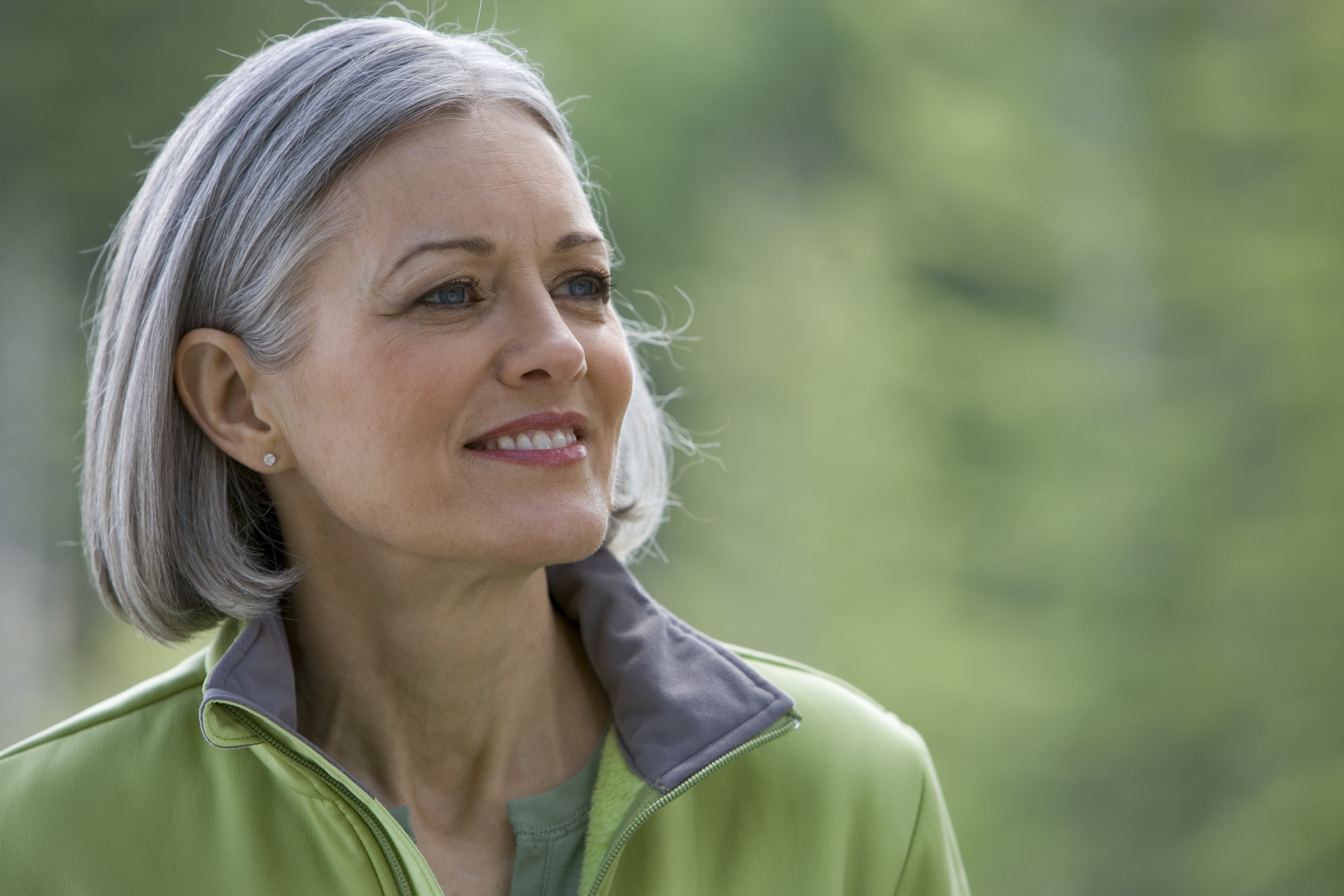Thinner and weaker bones put you at greater risk for fractures, and unfortunately, the first sign of osteoporosis is often a broken bone. That’s why it’s so important to get a bone mineral density (BMD) screening as often as your doctor recommends it, especially if you break a bone. BMD screenings are recommended for all women ages 65 and older.
Your doctor may also recommend a BMD screening if you:
- Have a family history of hip fractures.
- Are taking steroids or certain other medications
- Have certain health conditions, such as a low body mass index (BMI), rheumatoid arthritis, type 1 diabetes, liver or kidney disease, and hyperthyroidism or hyperparathyroidism.
Here’s what you need to know about the test
A BMD test is quick. It often takes less than 15 minutes and it’s painless. It uses x-rays to measure the levels of calcium and other bone minerals. According to the Mayo Clinic, the test usually focuses on bones that are most likely to break because of osteoporosis, including:
· Lower spine
· Forearm
· Thigh, next to your hip joint
A BMD screening may also help detect if you have osteopenia, which is a less severe loss of bone density that may lead to osteoporosis.
If you’ve been diagnosed with osteoporosis
One out of three women will suffer bone damage or fracture from osteoporosis after age 50 – some you might even recognize. Actress Sally Field was diagnosed in her 50s. “The good news about osteoporosis is that it’s very treatable,” she said. “But it’s silent. You don’t know it’s there unless you’re getting bone density tests and you have someone looking out for you, like a really good doctor.”
There are things you can do to help keep your bones healthy and help prevent osteoporosis.
· Get enough calcium in your diet.
· Take vitamin D.
· Exercise regularly.
· Fall-proof your home.
· Avoid smoking and excess alcohol.
· Talk with your doctor about medication options.
Men are also affected
Men in their fifties don’t experience the same rapid bone mass loss as women do following menopause. But by age 65 or 70, men and women lose bone mass at the same rate. Men approaching this age should talk to their doctor, who can diagnose osteoporosis by looking at medical history, and ordering x-rays, urine and blood tests, and a BMD screening.
When you’re at your next physical, be sure to ask your doctor if you’re due for a BMD screening.





